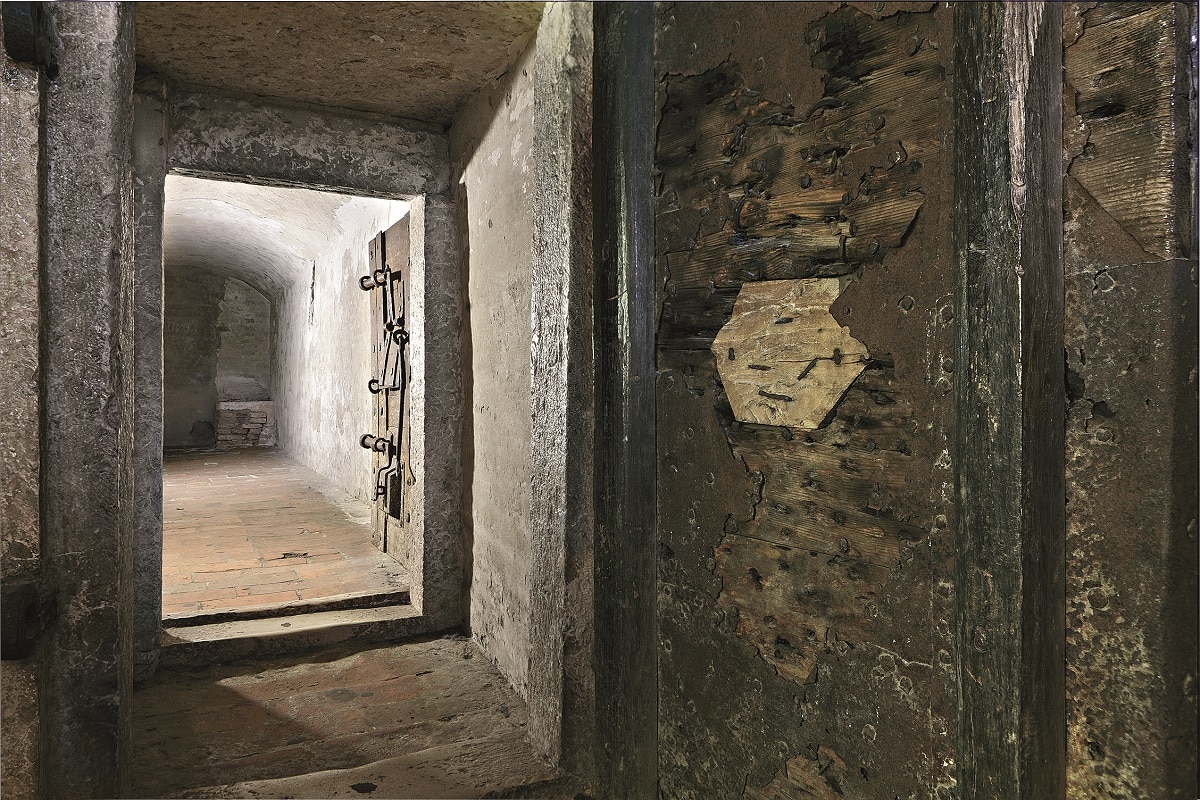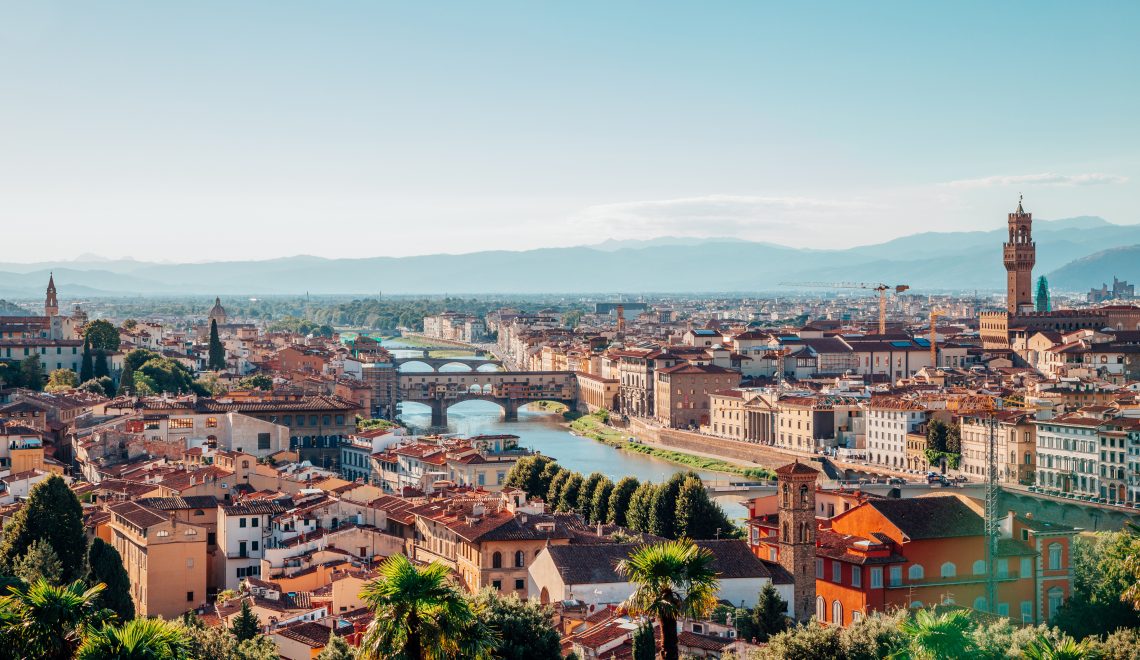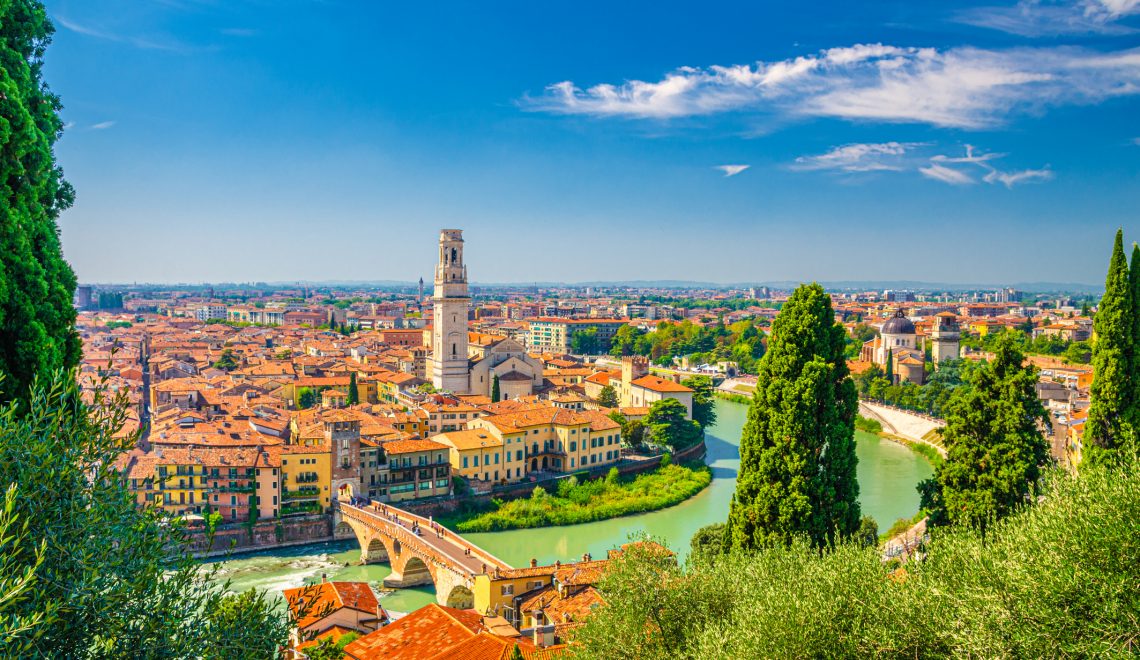
From the Town Hall to the Estense Castle, from restaurants to bicycles: here’s how to visit Ferrara and what to see on a weekend.
What tis there o see in Ferrara on a weekend? With its historic streets, beautiful monuments and culinary delicacies of the area, you will be spoiled for choice. A weekend in Ferrara is certainly the right choice to enjoy the tranquility and atmosphere of this town with leisurely calm, without having to condense all the activities into one day. Here are our suggestions!
The Palace of Diamonds
It is so called because the outer walls are made up of thousands of blocks of marble, superimposed in staggered lines and embellished with diamond-shaped protrusions known as bosses. Imagine 8,500 blocks of white marble with pink streaks, crafted so that each one points outward and each tip has its own particular orientation.

The resulting fascinating play of light and shadow will captivate you with its thousands of reflections. This Renaissance palazzo, located on Corso d’Ercole I, also periodically hosts art exhibitions: the next one is scheduled for the fall and is dedicated to Ferrara-born Carlo Bononi, a prominent 17th-century painter.
The Estense Castle
The Castello Estense came into being in 1385 as an extension of the watchtower built nearly three hundred years earlier and was used as a ducal residence by the Este family, a family that gave Ferrara its political and intellectual imprint for centuries.
It is not only the emblem of Ferrara, but also the most perfect testimony of its evolution from an agglomeration of medieval villages and walls, to a flourishing Renaissance fortified city, the first real modern city in Europe.

© Castello Estense, Ferrara, ph. Luca Gavagna-le immagini
One of the sites that you can visit is the Salone dei Giochi, the Ducal Chapel (or Chapel of René de France) with its walls completely covered in precious polychrome marbles and the famous Prisons. Until 4 June, the castle also hosts the exhibition “Art for Art’s sake” with some of the masterpieces of Giovanni Boldini, Filippo de Pisis, Gaetano Previati, Giuseppe Mentessi, and other Ferrara artists active between the 19th and 20th centuries.

© Castello Estense, Ferrara, ph. Luca Gavagna-le immagini
The Cathedral of San Giorgio
Just three minutes from the Estense Castle, St. George’s Cathedral will immediately amaze you with its façade, which is formed by three cusps in the Romanesque style and its central doorway, with wonderful carvings by the artist Nicholaus. It houses paintings, polychrome marbles, sacred tombs and a pipe organ recently installed in 1967.

The Municipal Hall
The Municipal Palace, which now houses the city administration offices and hosts a number of cultural events, was the residence of the Este family before they moved to the Castle. It is connected to the latter by the so-called Via Coperta, a protected walkway that extends over five arches. You can see the noble apartments’ marble windows from the ducal courtyard.

The interior rooms are a concentration of refinement, luxury, and culture spanning several centuries: the 16th-century Duchesses’ Dressing Room, the 17th-century Tapestry Room, and the Ariengo Room, a 20th-century masterpiece are just a few examples of the rooms that can be visited. Guided tours by the City of Ferrara are a great starting point for exploring the building.
Restaurants in Via delle Volte
A two-kilometer cobblestone street between the arches of residential houses and local trattorias, Via delle Volte in Ferrara is the ideal destination for a leisurely stroll and to savor typical Ferrara cuisine.
As you already know: the cuisine of Emilia Romagna is really special (and we already told you about it in our list of Reggio Emilia restaurants). Also Ferrara offers some great gastronomic satisfactions, starting with cappellacci di zucca, or ravioli filled with a dough of baked pumpkin, parmesan cheese and nutmeg.

If you’re not committed to any strenuous activity afterward, do also try the pasticcio di maccheroni: a pastry crust filled with macaroni, meat sauce, mushrooms, béchamel, and Parmesan cheese.
How to reach Ferrara and visit it
The bicycle is the most popular way to get around Ferrara, nicknamed precisely the “city of bicycles“: in fact, the Emilia capital is the hub of a network of nearly 600 kilometers of bicycle paths throughout the province.

Reaching Ferrara by train is easy, convenient and fast with Italo from six departure cities: (Bologna, Naples, Rome, Florence, Padua and Venice) and don’t forget that you can also bring your bike on the train!






